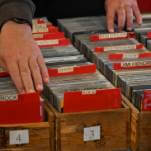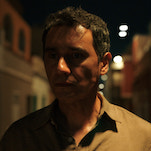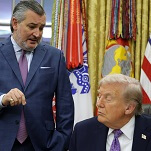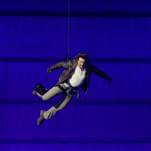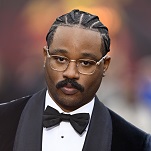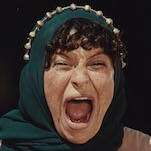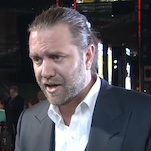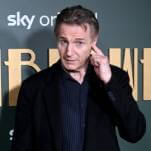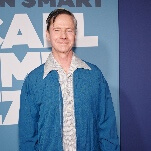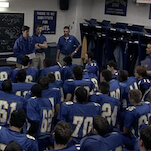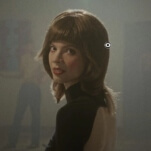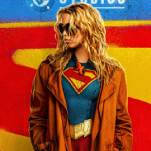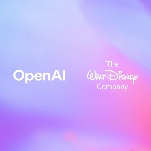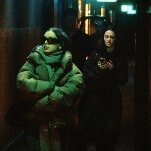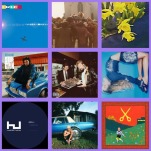One To One: John & Yoko grounds legends by flipping through channels
Combining archival materials of John Lennon and Yoko Ono with an onslaught of TV, the documentary immerses one in the '70s.
Photo: Magnolia Pictures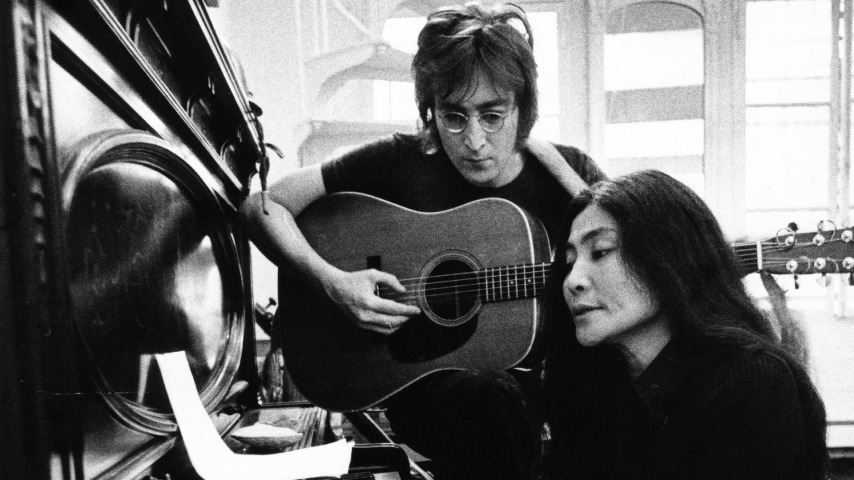
The rise of public broadcasting and educational programs in the 1960s and 70s marked a pivotal shift in television history, bringing riveting coverage of U.S. and international politics, civil rights activism, and youth counterculture straight into the homes of American families. One To One: John & Yoko, from Oscar-winning documentarian Kevin Macdonald, structures itself around the idea that the humble two-bedroom New York apartment shared by John Lennon and Yoko Ono in the early 1970s was one of those very homes—a household where the television set replaced the fireplace, and the dazzling images of the small screen offered a window to the world, stirring its viewers. One To One merges an eclectic catalog of audio recordings and newly restored footage from the only full-length concert John Lennon gave after his split from The Beatles, John and Yoko’s personal collection of phone calls and home videos, and ’70s television archives to provide a captivating look at an 18-month period in which Lennon and Ono fled the chaos of England to New York City.
The event at the center of the documentary, and the one by which the film takes its name, is One to One, a two-part benefit concert John Lennon and Yoko Ono played on August 30, 1972 in support of the children of Willowbrook State School. The impetus for the concert was a 1972 exposé in which journalist Geraldo Rivera used hidden cameras to capture footage of atrocious neglect and abuse perpetrated against individuals with disabilities at the Staten Island institution. The program, titled Willowbrook: The Last Great Disgrace, screened to millions on WABC-TV in New York, shocking viewers and leading to reform for disability care in the state and beyond. The film’s acute focus on this particular event emphasizes its primary interest: observing the pivotal role media played in transforming the couple’s personal lives and social activism during this window between 1971 and 1972.
One To One: John & Yoko does away with talking heads, formal narration, and other documentary genre conventions, presenting instead a film that is crafted exclusively through archival footage and, in contrast, crisp, high-definition video of a reconstructed model of the pair’s Greenwich Village apartment. The model apartment is made to size, with details such as the couple’s books and record collection, their exact model of typewriter, and a black-and-white quilt, which the Lennon family still has in their possession. The footage effectively demystifies Lennon and Ono; the adorable Snoopy pillowcase resting on their bed and the fuzzy television set buzzing in their bedroom stress the home’s relatability and the couple’s humanity.
Although One To One’s scope may be limited, its exploration into New York’s socio-political landscape in the early 1970s is robust and captivating. It was a moment of great friction and flux, when activists realized it would take a lot more than a peace-loving approach to bring fundamental change to the country. Audio of Lennon addressing a crowd shares this sentiment: “Okay, so flower power didn’t work. So what? We start again.”

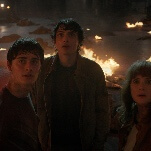
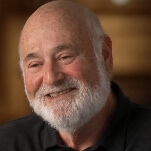

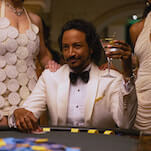
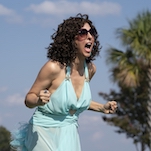
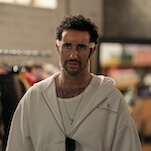
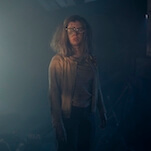
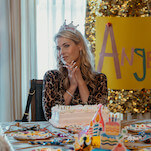
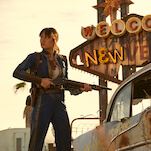
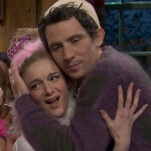






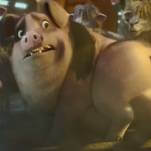


![HBO teases new Euphoria, Larry David, and much more in 2026 sizzle reel [Updated]](https://img.pastemagazine.com/wp-content/avuploads/2025/12/12100344/MixCollage-12-Dec-2025-09-56-AM-9137.jpg)
